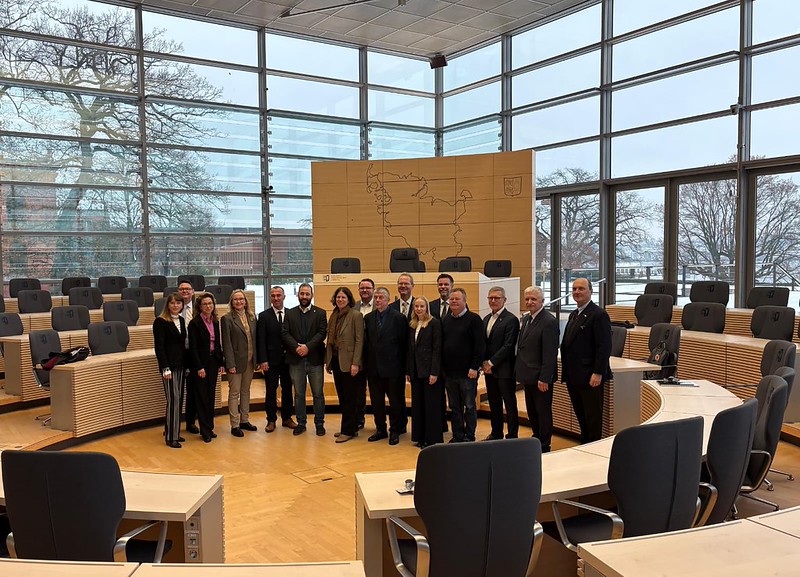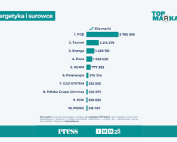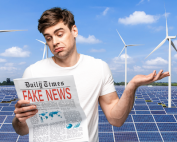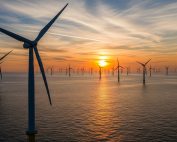Green hydrogen from offshore wind: create concrete foundations for investments now!
“It is good that the German government has updated ist national hydrogen strategy. This provides more planning security for the offshore wind industry. However, based on the strategy, it is now important to establish concrete measures for the production of green hydrogen from offshore wind,” said BWO Managing Director Stefan Thimm.
“The production of green hydrogen from offshore wind must begin now and be rapidly expanded – via electrolysis at sea or near the coastline using electricity from offshore wind,” said Thimm.
“The offshore wind industry should quickly get clarity on the tender criteria for electrolysis at sea so that the first area in the North Sea earmarked for hydrogen production can be put out to tender quickly. According to the Wind Energy at Sea Act, annual tenders for the onshore production of green hydrogen should also take place, starting in 2023. So far, however, there are no proposals on the tender design from the responsible Ministry of Economics and Climate Action,” said the BWO Managing Director.
“It is important to find an appropriate balance between the interests of the stakeholders and the goal of rapid hydrogen production. The operators’ business models must be taken into account in order to encourage positive investment decisions,” Thimm added.
Background:
Germany‘s Federal Cabinet today approved the update of the National Hydrogen Strategy. The target for domestic electrolysis capacity in 2030 is increased from 5 gigawatts to at least 10 gigawatts.
With “SEN-1”, the German government is providing an area in the North Sea for the production of hydrogen at sea. This is to comprise 1 gigawatt of installed wind energy capacity. However, it is unclear when the tender will start and what the tender criteria will be.
In addition, according to §96 of the Wind Energy at Sea Act WindSeeG, 500 megawatts of electrolyser capacity are to be put out to tender in each of the years 2023 to 2028. These are to be used for the production of green hydrogen on land, with electricity from offshore wind farms or other sources of green energy.
Source: BWO














